Gray rot on strawberries: methods of prevention and control, fungicidal treatments
Do you often rain during the ripening period of strawberries, and from year to year you notice that part of the crop is spoiled by gray rot?
And now you, finally, decided to find out how to protect precious strawberries from being affected by this disease.
Well, after reading this material, you will be able to effectively resist and fight gray rot on strawberries.
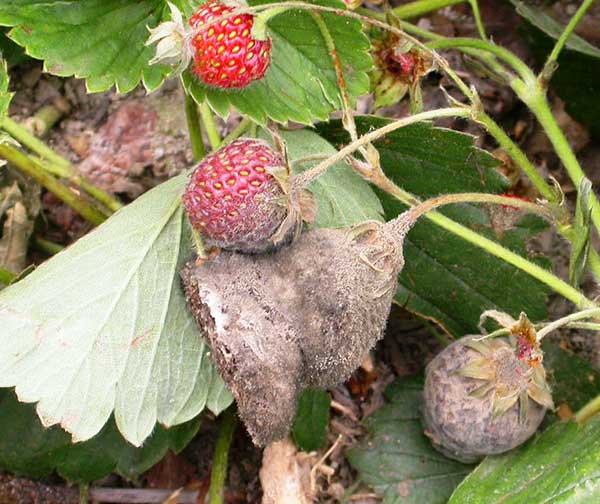
Content
Gray rot on strawberries: a description of the disease, causes, symptoms of manifestation
Gray rot of strawberries is one of the most dangerous and common diseases of strawberries, which significantly reduces the yield (the loss of berries can reach 30-80% during cold and rainy summers during the ripening period).
The causative agent of the disease is imperfect mushroom Botrytis cinerea.
Therefore, the disease is often called "Botrytis".
The causative agent of the disease hibernates in the soil and on plant debris.
Most favorable conditions for the development of gray rot - this damp (humid) and relatively cool to moderately warm weather (+15 .. + 25 degrees), in other words, a rainy summer.
More intensive development and distribution disease (conidia) contribute frequent rain and wind, and thickened plantings and / or thickets from weeds, the location of the beds in the lowlands, in other words, poor ventilation strawberry bushes (moisture accumulates and does not dry out for a long time).
You are probably already well aware of the symptoms of the disease, but we will repeat it again.
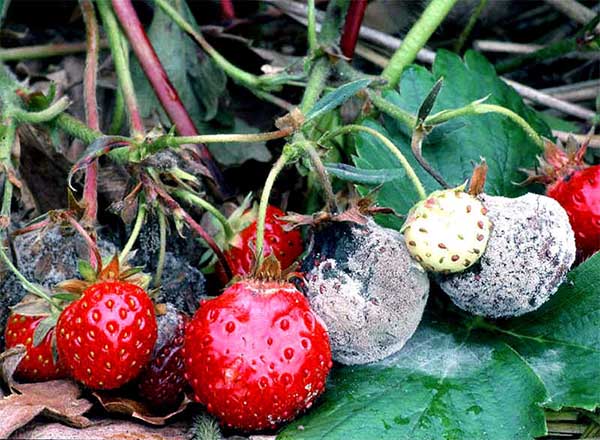
As a rule, only the berries themselves are affected., in more rare cases, signs of the disease can be seen on the stalks (pedicels), buds, inflorescences, ovaries and leaves.
In this case, the infection itself occurs during flowering and ripening of berries.
- On the affected berries, it first forms brown spotthat grows rapidly. Gradually, the fruit becomes covered with a gray fluffy bloom. (sporulation of the fungus). As a result, the berries become soft, bitter and watery (they lose all taste and aroma), and then most of them dry out and mummifiedcontinuing to hang on the bush.
Gray rot is very quickly transferred from one berry to the next (especially if they are in contact).

- On the affected peduncles and peduncles, brown spots first appear, which gradually ring them, and then they (plant organs) dry out and die (including still green ovaries).
- Spots appear on the affected leaves, and in wet weather you can also notice a gray coating on them.
Agrotechnical measures to protect and combat gray rot of strawberries
You can reduce the loss of strawberries due to gray mold damage to berries by following these agricultural practices for planting and properly caring for strawberry bushes. Namely, you need:
First, collect berries affected by gray rot as quickly as possible so that they do not infect neighboring ones.
However, they must not be thrown into the compost heap.
- Remove and destroy plant residues (sources of infection) every spring.
- Plant strawberries in well-ventilated and well-lit (sunny) places (not in lowlands).
- Avoid thickening of plantings (plant at a sufficient distance), including not allowing weeds to overgrow the beds, weed regularly.
- Because varieties whose berries are located close to the soil are most affected, you need to make sure that they do not come into contact with it. Namely, mulch or put special props (read more about these methods of prevention below).
- Find and plant the most disease-resistant varieties.
To a lesser extent, the following varieties of garden strawberries are affected by gray rot: Atlas, Maiskaya, Red Gauntlet, Seagull, Ruby Pendant, Talisman, Tenira, Slavutich, Fireworks, Yield, Gigantella, Kokinskaya Early, Zarya, Troubadour, Arnica, Stop Light, Pendant, Red Cote, Oreshek, etc.
- Because the causative agent of the disease accumulates in the soil, then every 3-4 years strawberry bushes should transplant to another place.
Mulching
One of the simplest and most effective techniques for protecting strawberries from gray mold is mulching.
The berries will lie on the mulch and are less affected by gray rot, and also not get dirty.
Mulch strawberries can be done in a variety of different materials: cut grass (dried), straw, hay, sawdust, needles (pine or spruce).
Especially effective mulch strawberries to prevent gray rot cut grass (dried), straw, haysince under them microflora, antagonistic to fungal infections (hay stick).
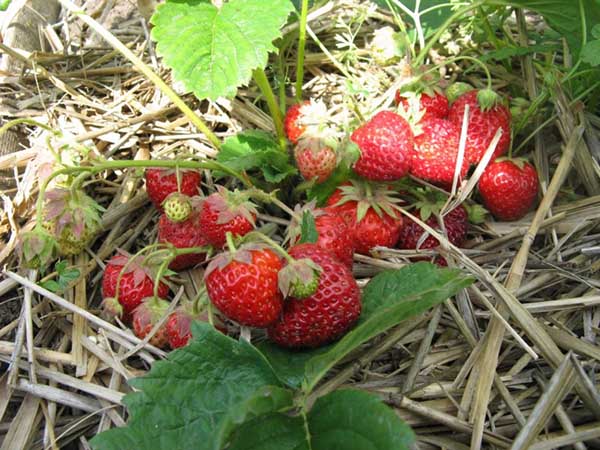
You can also grow strawberries under a black covering material.
Supports for berries
If you don't want to mulch, then you can make individual props on your own so that the flower stalks lie on them (it is most convenient to make a wire ring for the entire bush).
Your goal is to make sure that the berries are not on the ground.
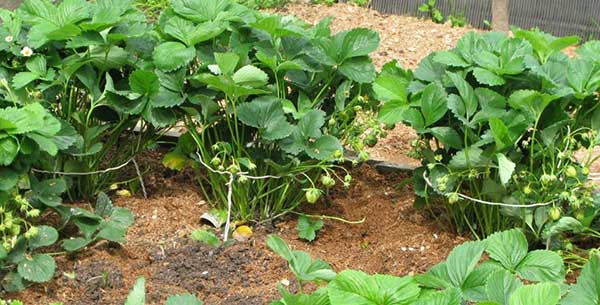
Alternatively, purchase special ready-made strawberry supports from your garden store.
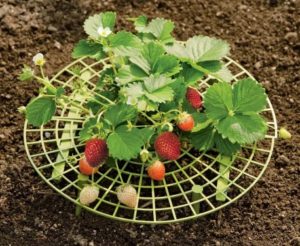
Important! However, you must understand that this is precisely a preventive measure that can only reduce the likelihood of infection.
When to spray gray mold strawberries
Treatments against gray rot on strawberries are carried out according to the following scheme:
- During budding, i.e. before blooming (direct flowering), carry out the first treatment against gray rot... For this, the drug Switch is ideal, which can also be used in the fight against powdery mildew, white and brown spots.
- When the first flowering will pass and ovaries are formed, i.e. about 10-14 days after the previous spraying, you will need repeat the treatment against gray rot... Again, you can apply a Switch that also works against strawberry spots. Or already start using biological products (Fitosporin, means based on Trichoderma mushrooms, and other drugs).
If, according to the forecast, rains (wet weather) are expected, then treatments are simply necessary.
Preparations for processing strawberries from gray rot
Next, you will be presented with a list of fungicides to protect strawberries from gray rot. And first, a few tips for the correct processing:
- Spraying is carried out in the morning or evening hours, or in the afternoon in cloudy weather.
- If the weather is unfavorable (cool and rainy), then treatments will have to be carried out more often (as a rule, every 5-14 days).
- For one treatment you should only choose one drug (fungicide), and then use a new one (preferably with another active substance) or alternate.
Before using any drug, carefully read the instructions for use.
Chemicals
- Agrohealer. Active substance - Propiconazole, a systemic fungicide of protective and curative action.
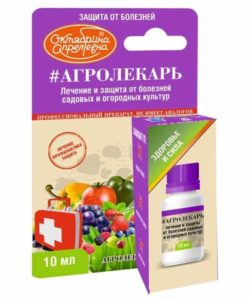
- Forecast (Propiconazole).
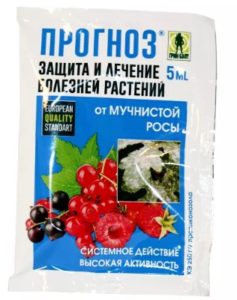
- Tilt (Propiconazole).
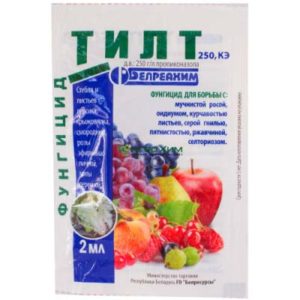
- Chistoflor (Propiconazole).
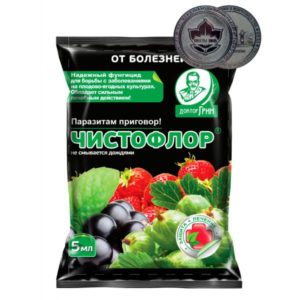
Agrolekar, Prognosis, Tilt and Chistoflor are complete analogues, which have the same active ingredient - Propiconazole.
- Switch. Active ingredients - Fludioxonil and Cyprodinil, contact-systemic fungicide of protective and curative action.
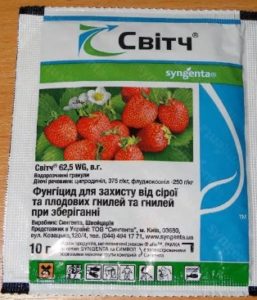
- Teldor. Active ingredients - Fenhexamide, a local systemic fungicide of protective action.
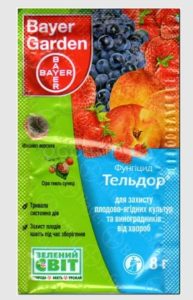
- Bayleton. Active substance - Triadimephone (Bayleton), a systemic fungicide of protective and curative action.
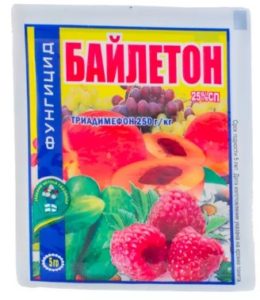
Analogs - Bizafon, Privent.
- Fundazol. Active substance - Benomil (Fundazol), a systemic contact fungicide of protective action.

Biological agents
If you do not want to use chemistry, then you can fight gray rot on strawberries by spraying with biological preparations.
Biologicals fungicidal action:
- Alirin-B (Bacillus subtilis strain B-10 VIZR, systemic contact fungicide of protective and curative action);
- Fitosporin (Bacillus subtilis strain 26 D, systemic fungicide of protective and curative action);
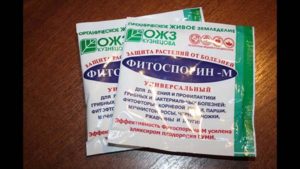
- Baxis (Bacillus subtilis strain 63-Z, protective and curing fungicide);
- Planriz (Pseudomonas fluorescens strain AP-33, contact fungicide);
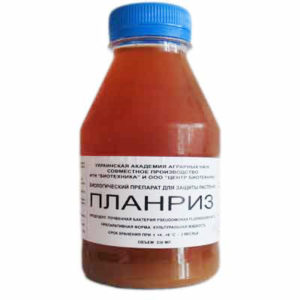
- Rizoplan (Pseudomonas fluorescens strain AP-33, contact fungicide);
Planriz and Rizoplan are complete analogues.
- Sporobacterin (Bacillus subtilis and Trichoderma viride, strain 4097, systemic contact fungicide of protective and therapeutic action);
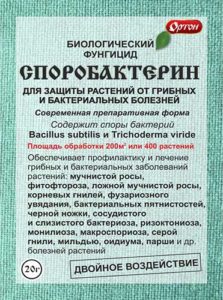
- Trichoderma Veride (Trichoderma veride, strain 471, protective fungicide);
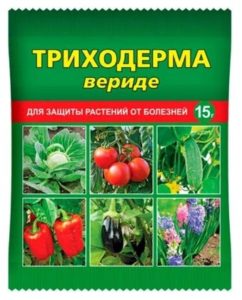
- Trichoplant (Trichoderma lignorum, protective fungicide);
- Trichocin (Trichoderma harzianum, protective fungicide);
- Trichodermin (protective fungicide).
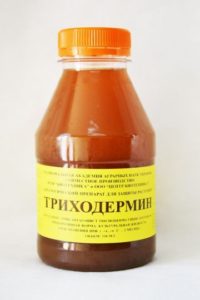
Trichodermin, Trichocin, Trichoplant and Trichoderma Veride are all created on the basis of mushrooms of the Trichoderma genus.
- Glyocladin (Trichoderma harzianum strain 18 VIZR, systemic contact fungicide of protective and curative action).
Video: processing garden strawberries (strawberries) from diseases to biological products
Folk remedies
It is believed that gray rot develops worse if the soil has a more alkaline reaction, so you can pollinate the bases of the bushes and the soil under them. lime fluff at the beginning of setting and at the beginning of ripening of berries.
Similarly, you can use wood ash, pollinating her plantings (the ground under the peduncles).
Some believe that it can be used against gray mold infusion of garlic, horse sorrel(Pour a bucket of finely chopped sorrel with water and leave for 2-3 days).
One of the most effective pharmacy products for treating strawberry bushes from diseases is the use of brilliant green (diluted in water in a proportion of 4-5 drops per 1 liter of water). According to some summer residents, brilliant greenIs an excellent antiseptic that helps in the fight not only against gray mold, but also against powdery mildew and other fungal diseases.
Thus, the main thing is that the plantings do not thicken (including overgrowing with weeds), be well lit and ventilated, and the berries themselves do not touch the ground, then you can save most of the crop from damage by gray rot. If preventive measures do not help, then one way or another you will have to use fungicidal preparations (it is better to try bio first, and then go to chemical ones if the result is not obtained).
Video: strawberry gray rot - strawberry processing in spring

